I was at the airport this afternoon collecting someone an whilst I was waiting was watching the planes coming into land. What I find interesting is the technology in the wings and how the comfort of flying is improving all the time. The planes landing today were struggling in the wind and it looked really bumpy up there.
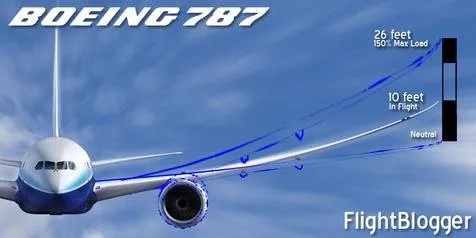
source
I mentioned in a previous post how the flight I experienced on the Dreamliner were different to the 100's of other flights I have been on. There was no turbulence and it was like riding on a cushion of air and honestly you wouldn't know you were flying unless you looked out the window. What I had noticed was the wings were up a lot higher than when we were on the ground and had no idea that they were now bending.
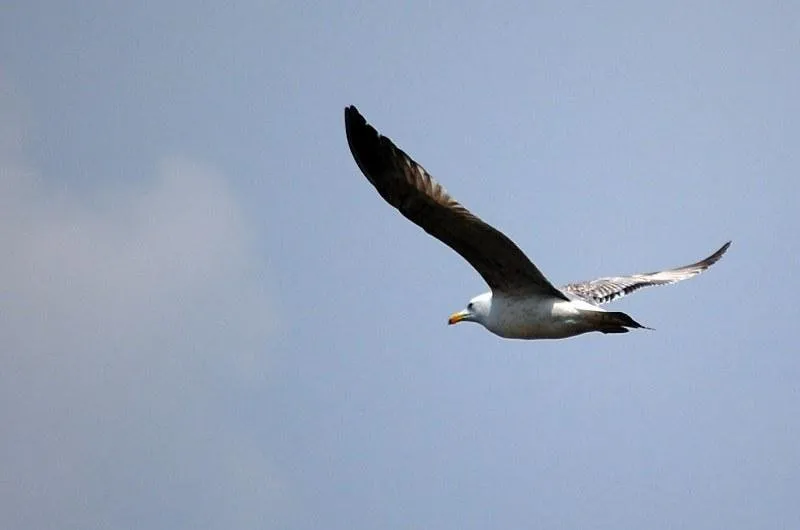
source
Planes are getting closer to a birds flight
One of the consultants for the 787 explained that the wings flex more than the other planes due to the carbon fiber composites used and the extra wing length. In rough weather you will get a flapping motion like a bird flying.The wings move but the fuselage isn't effected like on more rigid wing planes. We have to look at it like a shock absorber when driving a car.
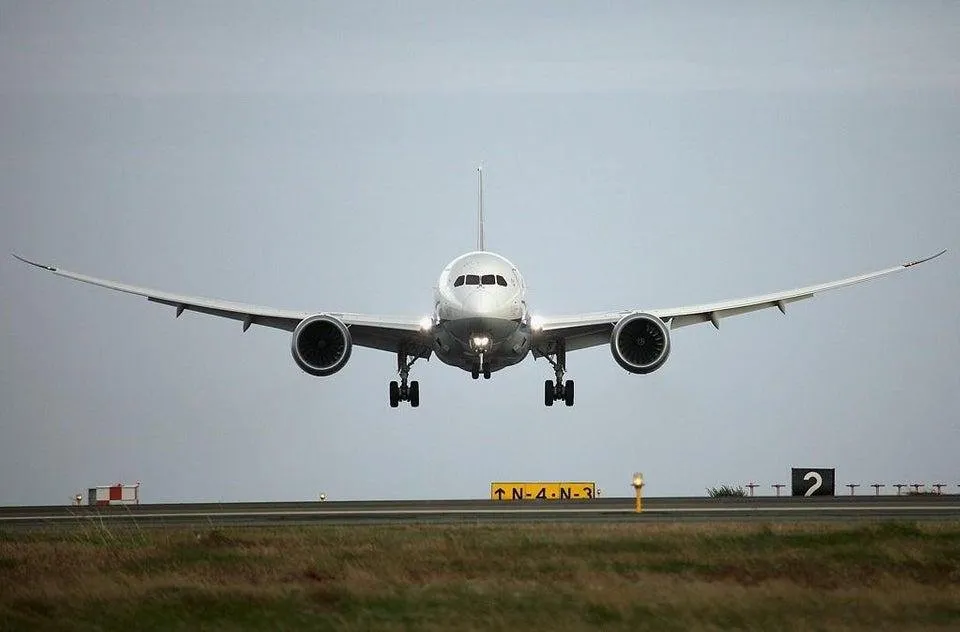
source
The wing has been tested but not to breaking point yet.The FAA as part of it's certification requires a flex of 150 percent. which it has done already. During flight the wings are about 12 foot higher than when they are on the ground, so in theory the tips are flexing 16 feet. That is nearly 5 meters of flex and is seen as standard. during their testing the wings were flexed to just under 8 meters when they stopped.The wings are designed to carry the weight of the plane so most planes wings will flex, but not as much as the carbon fiber ones. The Boeing 777 wings snapped at 154 percent and the A380 snapped at 146 percent which was a shortfall ,but still allowed to fly after modifications.
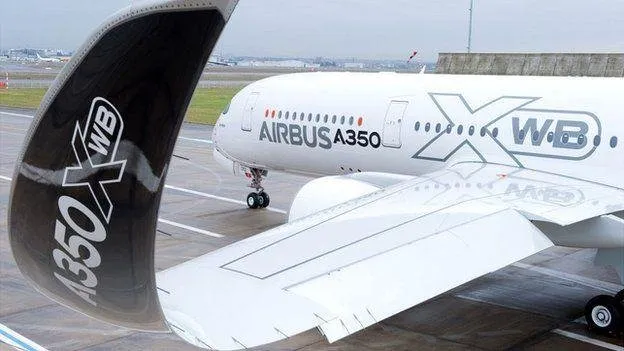
source
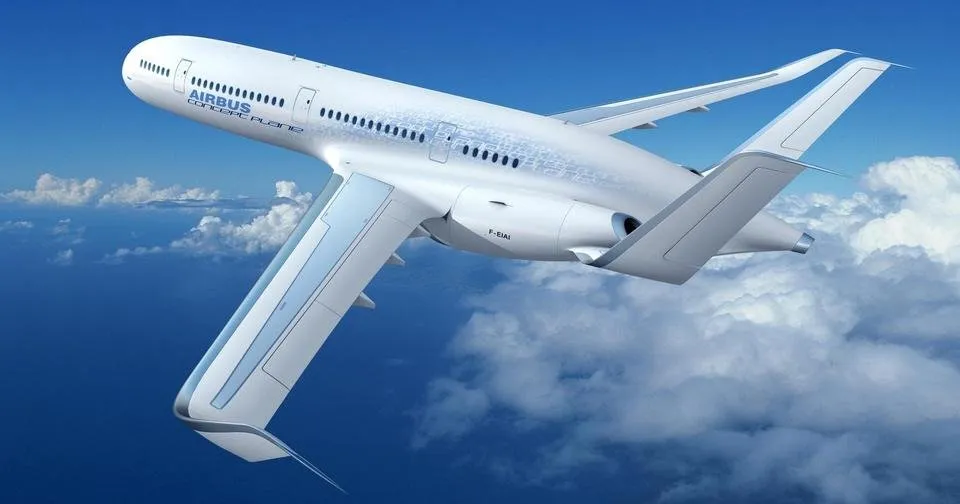
source
Airbus have used carbon fiber on the A350 with similar results and expect to see new designs and shapes of aircraft in the future as carbon opens up many more possibilities. Not only is this material much lighter and stronger than aluminium, but it can be moulded into virtually any shape you want.